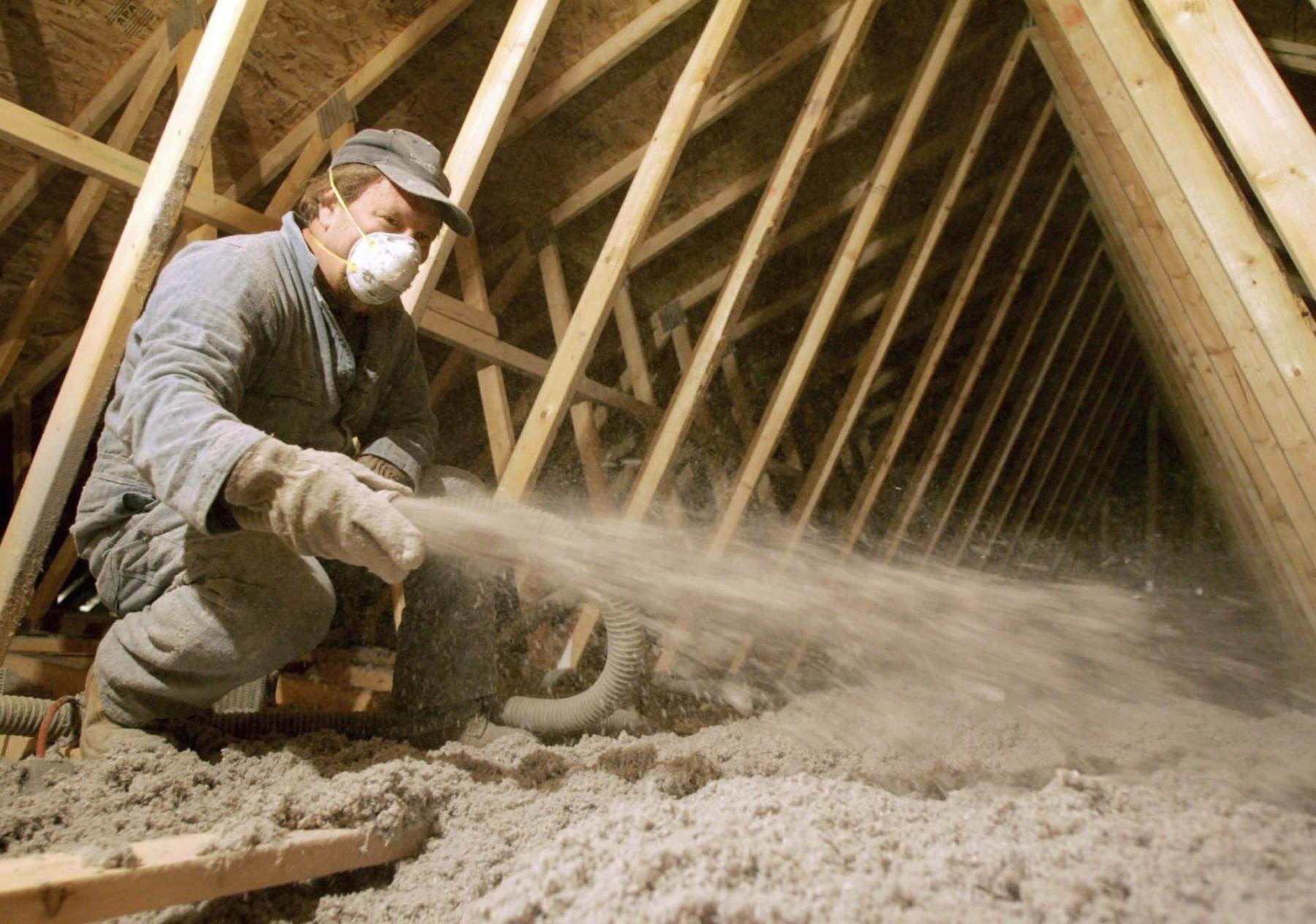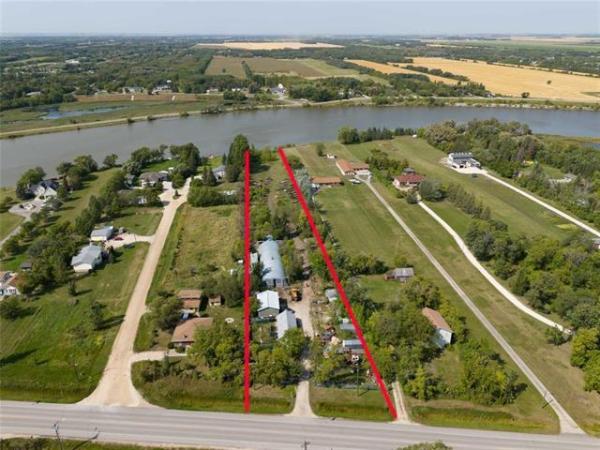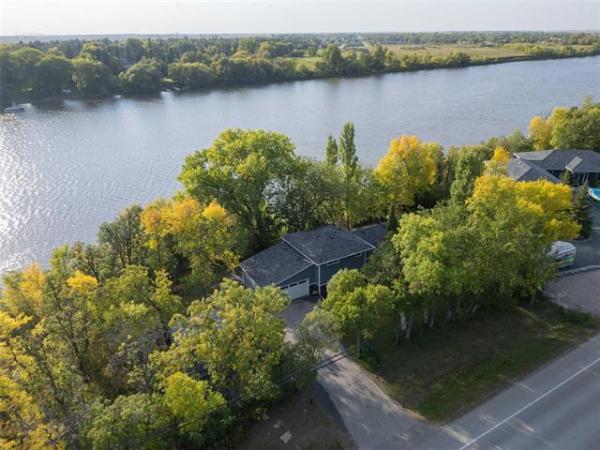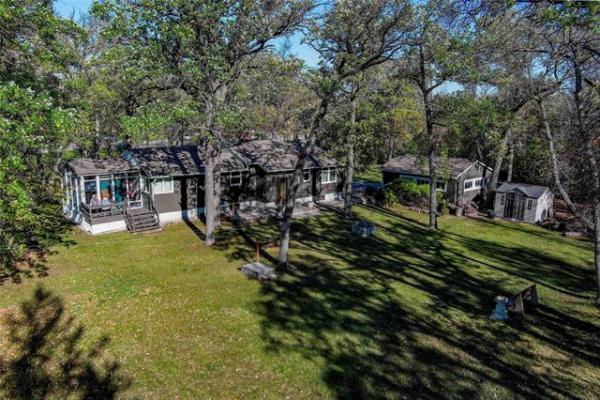Question — We have an early 1960s bungalow that was moved to our farm near Winnipeg in 1991. At the time, it had only three inches of insulation between the attic rafters, so we had a local company blow in a product called "Enerwool," as it was the latest best thing. We were aiming to get up to R40 in the attic, but the guys showed up a few bags short for the area, so we felt we may have approximately R35. In 2010, we did a major renovation, adding 11/2-inch thick Styrofoam, house wrap, new windows and new siding to the existing R12 walls.We also added about 300 square feet of living space with new R20 walls. At that time, we had the vermiculite tested for asbestos and got a form letter back saying that it was detected, but there was no value on what percentage it contained.
A couple of years ago, Manitoba Hydro was offering a free energy inspection, so we thought maybe we should try to improve the attic or anything else they might point out. A retired Hydro guy came and reviewed the house. Because of the asbestos presence, he only measured at the attic entrance. He advised that our walls were good as is, but the attic was only R21. Apparently, Enerwool is no longer rated highly and compaction has reduced effectiveness. The report supplied indicates there is a small grant available to enhance the insulation, so I started calling insulation contractors. I soon learned that none will touch the job unless the vermiculite is removed first.
All agree it is not likely a problem, but their liability insurance providers will drop them if they take on a job like this. A couple of them tell me I can rent a blower and do it myself. As a farmer, I am used to grain dust and have the respirator to do this job, but at 64, it’s not really a task I look forward to. Given that the Enerwool was blown out to the eaves and I need to increase the depth, I suspect that I probably should install a few air chutes. How many would be appropriate for adequate ventilation on a 1,000-sq.-ft. area?
Eighteen years ago, I had a whirly-bird installed on the roof, as I only had small gable vents from the original 1960 construction. I have read you are not a fan of whirly-birds and I am now considering removing it. I found a plastic mushroom-shaped product at Rona. It appears to be a simple job to remove the whirly and place this item over the existing tube, thus not having to break roof seals to convert it to a passive vent. Do you have any knowledge or comments on this product? I am worried that the new vents may allow wind-driven rain or snow to enter the attic and that the plastic could deteriorate in sunlight over time.
— Dennis Galbraith
Answer: Upgrading attic insulation can be a pretty straightforward process, unless you have a complicating factor such as existing vermiculite insulation. Installing additional air chutes and insulation stops prior to the upgrades may still be possible, and loose-fill material can be easily blown in through other areas like the existing roof vents.
Increasing the thermal insulation in your attic is often a pretty easy process, but the presence of asbestos-containing vermiculite certainly complicates matters. The best approach is to leave the vermiculite in place, especially since it has a layer of additional insulation covering it. That may prevent the asbestos fibres from easily becoming friable and airborne, making work in the attic more practical. If there are no insulation companies willing to let their employees enter the attic, with proper precautions, then adding more insulation may be difficult.
The problem with adding more insulation, especially blown-in, loose fill material, is preventing it from blocking any existing ventilation from the soffits. Too much insulation blown in at the eaves in older homes can create an ideal environment for frost buildup, if there are inadequate vents. The way to solve this issue is by installing air chutes, which double as insulation stops, at the entire attic perimeter. These prevent the blown insulation from touching the roof sheathing, while leaving a small space above for soffit ventilation. Often, the easiest way to install these foam or cardboard baffles is by entering the attic and stapling them to the rafters or underside of the roof sheathing. If it is impossible to hire anyone to do this job for you, there may be another alternative.
If you have older wood or plywood soffits, these can be cut from outside the house to allow access to the eave spaces. Once open, the air chutes can be slid inside and secured in place. After that stage, the entire soffit area can be covered with low-maintenance, perforated metal soffits.
Once all this is in place, blowing in additional cellulose fibre insulation from the roof, after removing the rotating top of your roof vents, may be fairly simple. This will limit any exposure to the vermiculite by the insulation contractor and should fulfil your requirements for a better-insulated attic.
Replacing the spinning roof vent with a passive plastic type afterwards should be fine, as it should be designed to prevent wind-blown snow and rain from entering.
Ari Marantz is the owner of Trained Eye Home Inspection Ltd. and the past president of the Canadian Association of Home & Property Inspectors — Manitoba (cahpi.mb.ca). Questions can be emailed to the address below. Ari can be reached at 204-291-5358 or check out his website at trainedeye.ca.
trainedeye@iname.com




